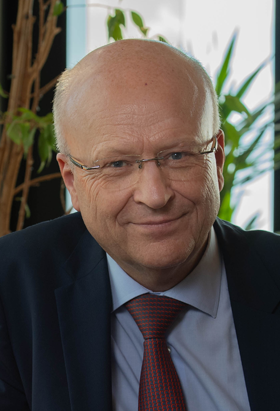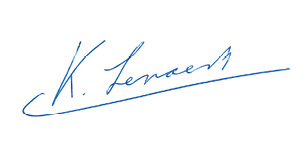The Court of Justice of the European Union, upholding European Union law.
The Court of Justice of the European Union is one of seven European institutions.
It is the judicial institution of the European Union and its task is to ensure compliance with EU law by overseeing the uniform interpretation and application of the Treaties and ensuring the lawfulness of measures adopted by the EU institutions, bodies, offices and agencies.
The Institution helps to preserve the values of the European Union and, through its case‑law, works towards the building of Europe.
The Court of Justice of the European Union comprises two courts: the Court of Justice and the General Court.
Introduction by the President
In a complex global context, the Court of Justice of the European Union has maintained its course, guided by the mission to uphold justice and the rule of law entrusted to it by the Treaties.

Koen Lenaerts
President of the Court of Justice of the European Union
In a complex global context, the Court of Justice of the European Union has maintained its course, guided by the mission to uphold justice and the rule of law entrusted to it by the Treaties. It has continued its daily work of protecting the fundamental values of the European Union and helping to construct a common legal system for the Member States. It has also prepared new ground crucial for its functioning in the years ahead.
The past year marked the beginning of a new era for the Institution and the judicial relationships between the Court of Justice and the General Court, as well as between those two courts and the courts and tribunals of the EU Member States. The partial transfer of jurisdiction to give preliminary rulings from the Court of Justice to the General Court was a significant step in the development of the judicial architecture of the European Union. It will ensure, in the interest of individuals, a better distribution of the workload between the two courts, allowing the Court of Justice to devote greater focus to its role as the constitutional and supreme court of the European Union. This major reform was made possible thanks to the collegiate and effective cooperation between the two courts throughout its course, from the drafting of the request to amend the Statute made to the EU legislature to its actual implementation. Implementation of the reform was the result of close cooperation between the registries and services involved at the Institution so as to enable the General Court to deal with this new stream of litigation in the best possible conditions.
Furthermore, in May 2024, the Institution celebrated the twentieth anniversary of the European Union’s biggest enlargement, both in terms of the number of citizens and States concerned and from a symbolic perspective. The celebration took the form of a conference highlighting how the accession of 10 new States has enriched our shared heritage by providing a wealth of new and diverse national histories, cultures and legal traditions. Bringing together the two halves of the continent – East and West – in a joint and historic constitutional project, their accession was also a concrete and striking illustration that the vision of peace towards which the European Union strives lies at the very heart of the European integration process.
From an organisational standpoint, 2024 saw a further partial – and very significant – replacement of Judges at the Court of Justice, with nine new Members taking the oath, five of whom were previously Judges at the General Court. This wide‑ranging reshuffle, which was preceded by the delivery of a great many judgments on 4 October 2024, required flawless organisation so as to provide the best possible welcome to the Members and their Chambers and to minimise the impact of the changes on the continued orderly conduct of the Institution’s activities.
Looking ahead to 2025, the Institution as a whole will face exciting new challenges: challenges relating to its external relations, with the redesign of its website and its case‑law search engine, as well as the planned launch of a Web TV dedicated to the Court’s activities. The aim of these projects is to meet the needs of legal professionals and to contribute to the fundamental objective of bringing justice closer to citizens, so that they are able to understand the Court’s role and its decisions. The challenges will, however, also affect how we work going forward, involving continued work on the potential uses of artificial intelligence and on the integrated case‑management system IT programme. This work will be undertaken with the goal of enabling our institution to become more efficient in order to handle the increase in the number of cases, whilst preserving the highest level of quality that is crucial to the Institution performing its mission of upholding justice and observing all the requirements underlying that mission.


